Vikings weren't dirty and unkempt.

When you picture a stereotypical Viking, you probably imagine a grizzled warrior fresh from the battlefield. And needless to say, that doesn't sound like a person who would be particularly interested in cleanliness.
However, the historical record contradicts this misconception. Archaeologists have found combs, tweezers, and other hygiene prodcuts belonging to the Vikings, which makes it seem like they at least halfway cared about being clean.
Vikings cared about hygiene.
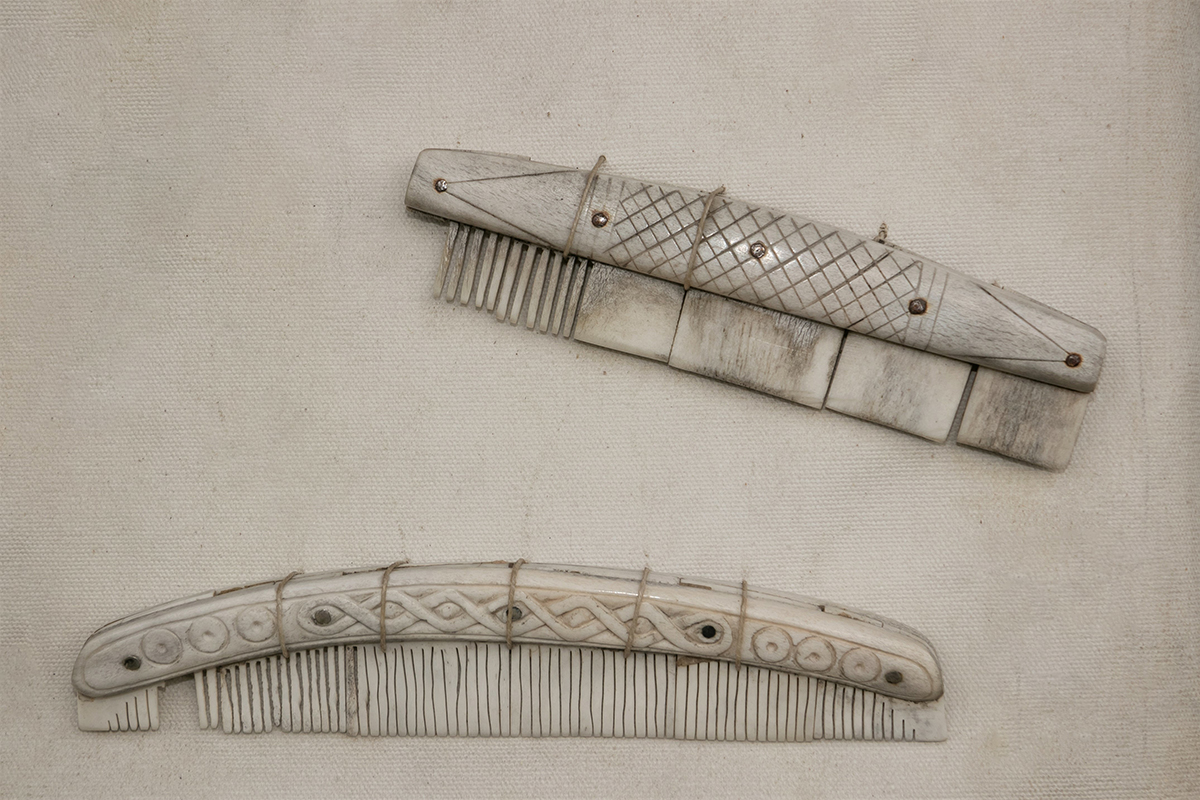
Archeological discoveries are not the only reason that we know Vikings cared about cleanliness and hygiene. Even their enemies commented on it!
According to one historian, "They had also conquered, or planned to conquer, all the country’s best cities and caused many hardships for the country’s original citizens, for they were – according to their country’s customs – in the habit of combing their hair every day, to bathe every Saturday, to change their clothes frequently and to draw attention to themselves by means of many such frivolous whims."
Vikings Didn't Wear Horned Helmets
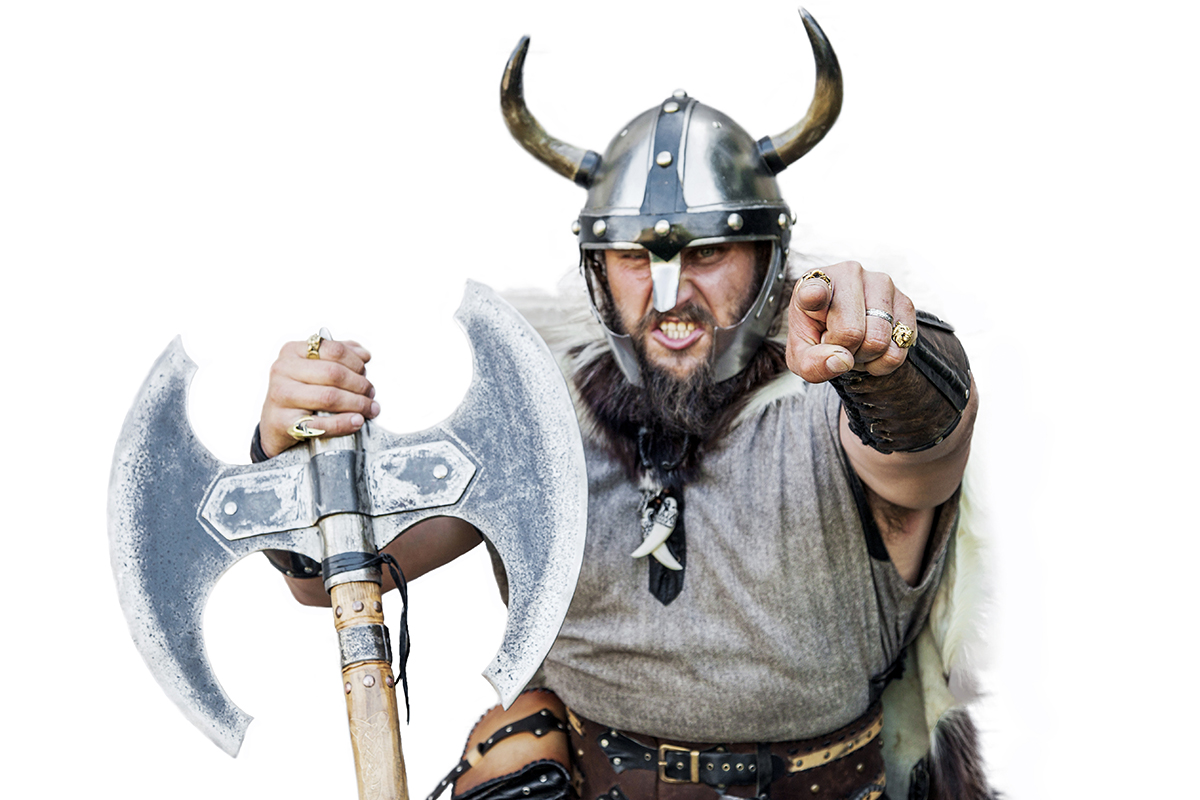
This is probably the most heartbreaking misconception about Vikings--they didn't actually wear those cool horned helmets we always see them depicted wearing. So where did those horns come from?
They're actually a product of 19th century. Like in our own time, interest in Vikings was high in the 1800s, and for whatever reason, horned helmets became a trope associated with Vikings.
What a Viking carried could determine his social status.

Weaponry wasn't just for warfare in Viking cultures. The weapons a man carried on him could actually help to deduce their social standing or wealth.
While most everyone carried small knives or other tools on them, only the really wealthy could afford elaborate swords and lances--which they were often buried with. Even defensive items, like chain mail, often indicated that someone had a high standing.
Vikings weren't abnormally tall.

The Viking world was full of towering giants right? It seems like we never see one depicted as standing less than six feet tall.
However, Vikings weren't actually the terrifying, tall monsters we make them out to be. In fact, the opposite is quite true!
On average, they were actually shorter than modern man.

Vikings were so short, that many of us would tower over them today! On average, ancient Danes were about 10 cm shorter than people in the modern era.
But if you think this means Vikings were tiny, puny wimps... think again! On average, everyone across the globe during their era was shorter than we are today. Turns out we're the real giants.
Vikings were probably in better shape than we are.

It doesn't take much to be more physically fit than we are in the modern era, but the Vikings really took things above and beyond.
Survival during their times meant hard physical work, which translated into Vikings that were more muscular than we are. If it's any consolation, they probably had worse teeth than us.
On average, Viking men and women looked more alike than we do.
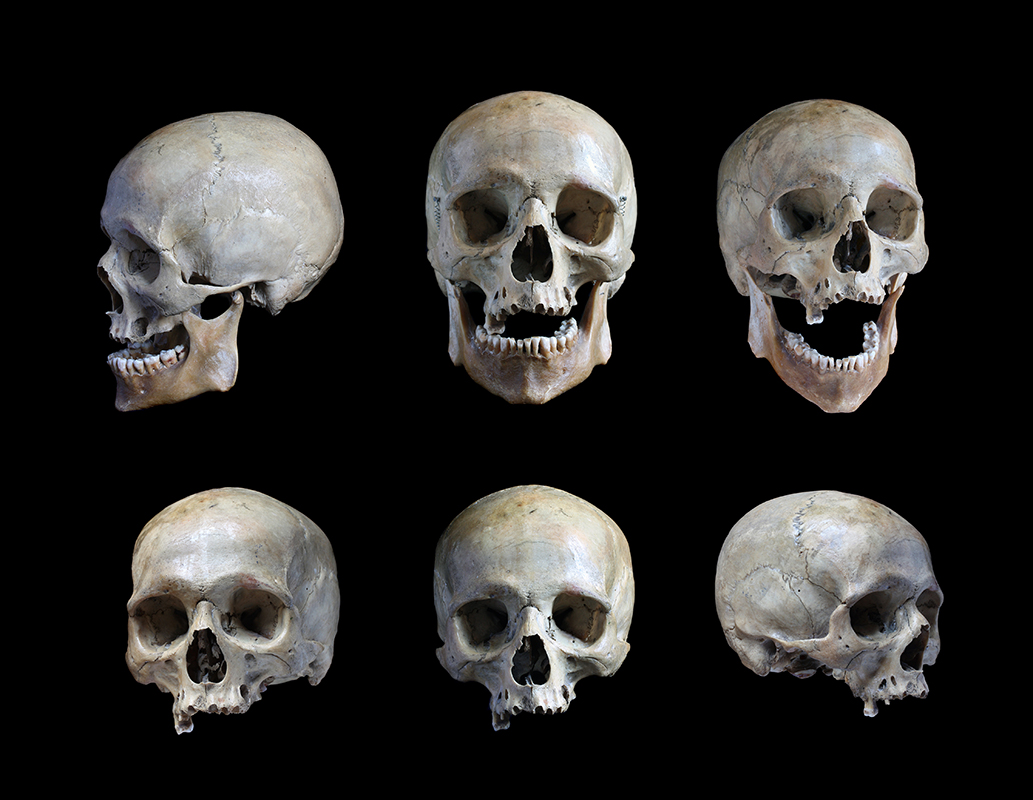
Examining the skeletal remains of Vikings had led to lots of breakthroughs in figuring out how the Vikings actually looked. One of the most surprising findings was that Viking men and women probably looked more alike than men and women do today.
On average, female Viking skulls have a bigger jaw and brow than you would normally find.
Hair color was an indicator of where a Viking was from.

Vikings lived around the area that we now know as Scandinavia, but that doesn't mean they were a homogenous group. In fact, you could often tell where a Viking was specifically from by his hair.
Redheaded Vikings were more likely to from the region of western Scandinavia. But if you came across a blonde Viking, they were much more likely to have been from the northern part of the region.
It's hard to determine what Vikings actually wore.

While it's common to see Vikings depicted as wearing fur and lots of heavy clothing, we don't really know a whole lot about what Vikings would have worn. And this is one mystery that may never be solved!
Unfortunately, when you're dealing with people so far back in history as the Vikings, it can be hard to find well-preserved clothing artifacts--most of what we have is only scraps. Even durable clothing is no match for centuries of neglect.
Women Vikings may have dressed like this.

Even though we don't have much evidence to go on, that hasn't stopped historians from speculating about what Viking men and women would have worn.
It's likely that Viking women wore dresses or skirts with regularity. However, belt buckles have been found preserved in the graves of female Vikings, which makes it likely that they also wore pants at least some of the time.
Male Vikings might have dressed like this.

On the inside, Viking men's clothing was probably similar to that of the women's. Because of the harsh, cold climate, most Vikings likely wore a protective inner lining beneath their other clothes.
On top of that men probably wore pants, as well as shirts layered on top of each other, depending on the weather. Wool coats were also probably popular among Viking men.
Vikings loved blue and red.

While we might know a lot about the garments Vikings wore, we do know that their clothing probably wasn't drab and boring. The Vikings were a big fan of embellishments and color.
Specifically, blue and red seem to be the two colors that show up the most during the Viking era. However, just because they loved those two the most doesn't mean that all other colors were out--discoveries of all shades have been made at Viking historical sites.
Manscaping was probably a thing in the Viking world.

If there's one thing that modern depictions of Vikings gets right, it's this--Viking men put a lot of love and attention into their beards.
Even though we may not have been able to see them with our own eyes, beards were clearly a big deal because beard-related nicknames (like "Forkbeard") were popular during the era. Additionally, carvings and other artwork commonly depict Vikings with elaborate and well-kept beards.
Vikings likely didn't have tattoos.

Viking tattoos are having a major moment right now, but there's very little evidence to prove one way or another that Vikings were inked. If they were, they probably weren't tattooed head to toe like they are sometimes depicted.
There's only one account to mention Vikings having tattoos. And historians are unsure if it is accurate or not--it could have simply been embellishment to emphasize the fearsome nature of the Vikings.
Vikings may have modified their teeth as a status symbol.
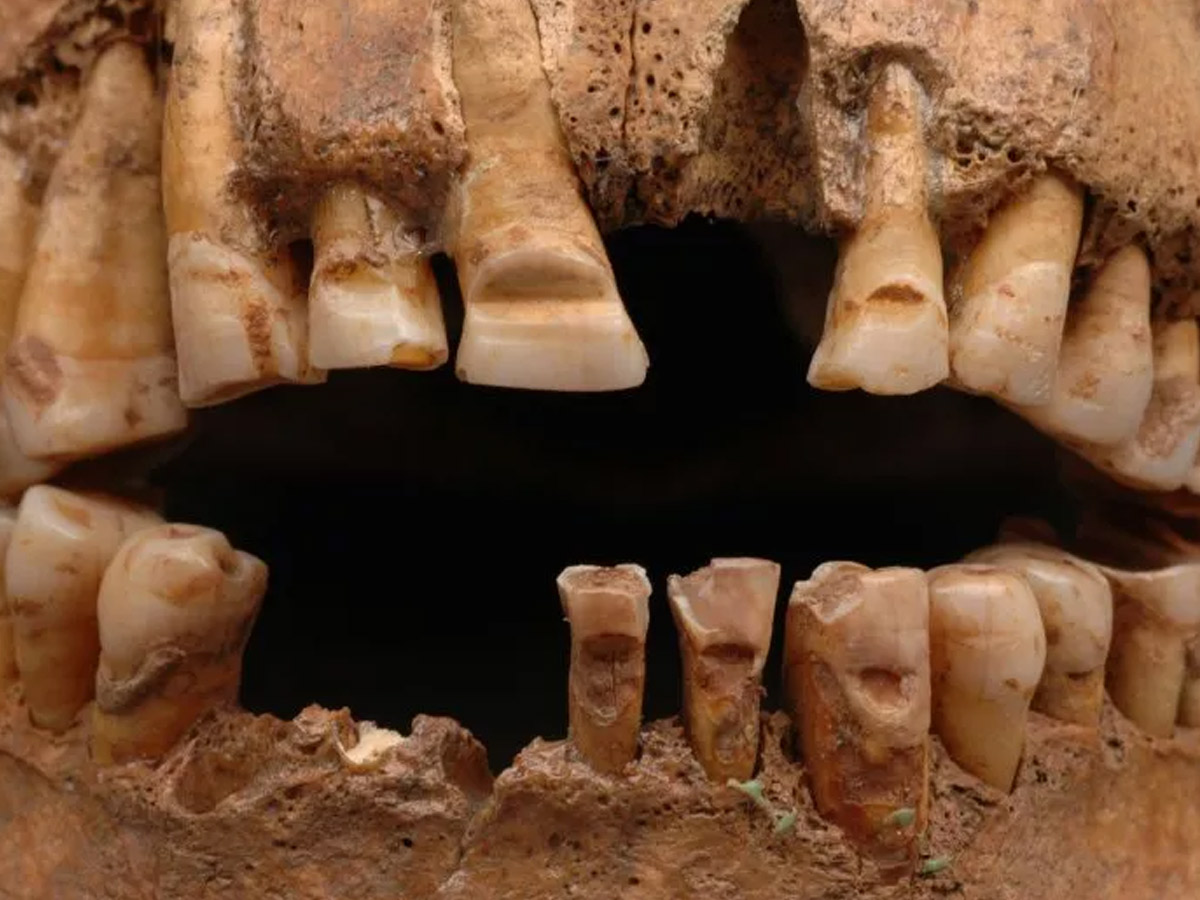
Bragging about your status is as easy as buying a ridiculous sports car these days. But if you were Viking, you needed to do a little more than just throw down some cash--you had to carve your teeth.
This appears to have been something that only male Vikings did, but several skulls have been uncovered that had deep, horizontal grooves cut into the teeth. While we don't exactly why they would do this, the marks seem to only be decorative, which has led historians to speculate that they were a status symbol.
Vikings probably didn't all look alike.

Our depictions of Vikings tend to look a little homogenous, and while most Vikings did probably look similar in a lot of ways, that wasn't always the case. Not by a long shot.
Geneticists have recently identified a gene marker in a certain group of people that commonly occurs among Native Americans. The problem? They were finding it in modern-day Icelanders with Viking heritage. This had led to speculations that Vikings and Native Americans at some point intermarried and had children.
Vikings had an interesting legal system.

Vikings weren't all about murder and pillaging. Quite the contrary--they had a very developed and interesting justice system.
While the Vikings rarely extended this system to the people they conquered, when dealing with interal problems, they would often hold a trial similar to our jury trials today. That being said, they weren't above a good duel when the moment called for it.
Vikings had a strange way of starting fires.
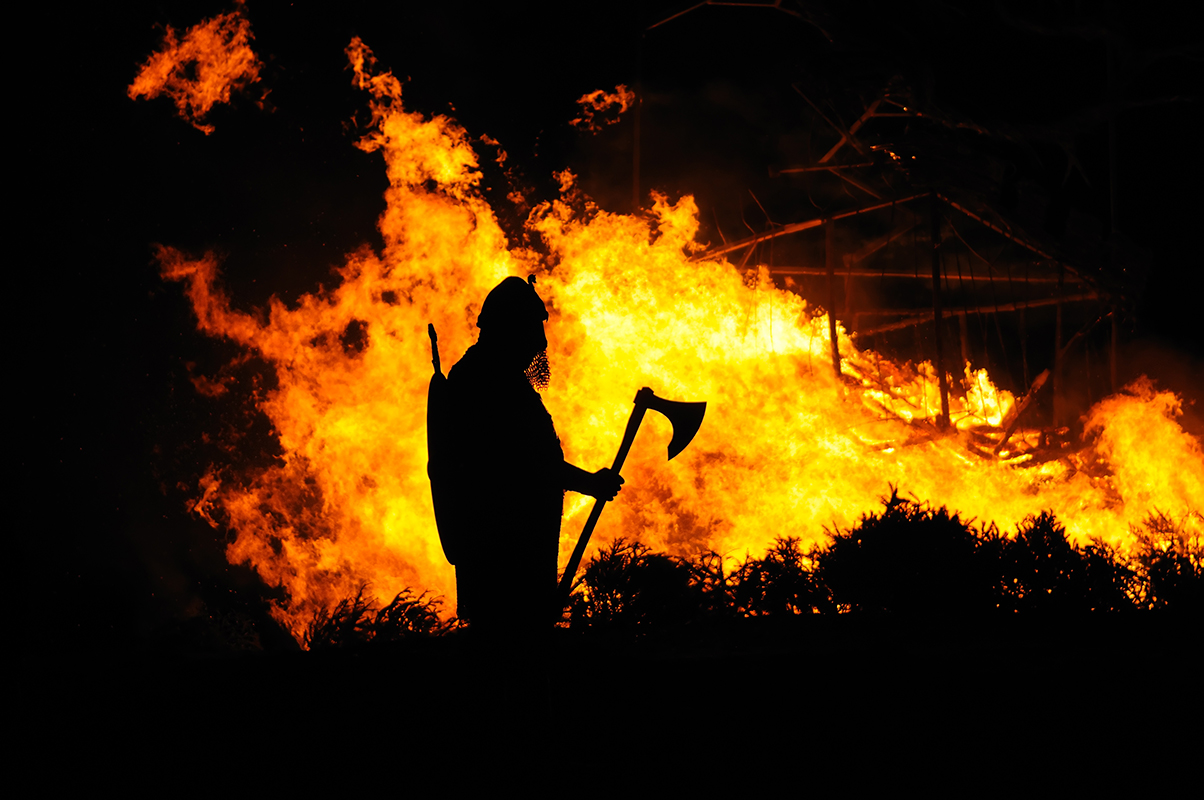
Vikings didn't have the luxury of striking a match or a lighter if they needed fire. And while there were a wide variety of ways to start one in the ancient world, Vikings have probably the weirdest method.
Vikings would often make tinder out of mushrooms, which doesn't seem that strange at first--but it gets weirder. Then, they would actually boil the fungus in urine. It sounds disgusting, but urine is high in sodium nitrate, which reacts similar to gunpowder.
Vikings buried their dead in boats.

Our popular depictions of Viking funerals is half right. Vikings did frequently bury their high-status dead in boats with all the goods they needed to travel to the afterlife.
However, we commonly see Vikings set these burial ships on fire as they sail out to sea. While this did appear to happen a few times, it's unlikely that they would set the ships on fire with any regularity.
 Author
Ron Winkler
Last Updated: December 21, 2025
Author
Ron Winkler
Last Updated: December 21, 2025